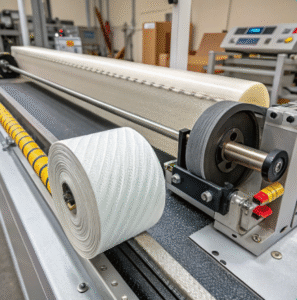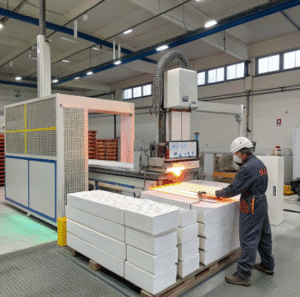What are the criteria for selecting a PVC tube cutting machine for high-volume extrusion lines?
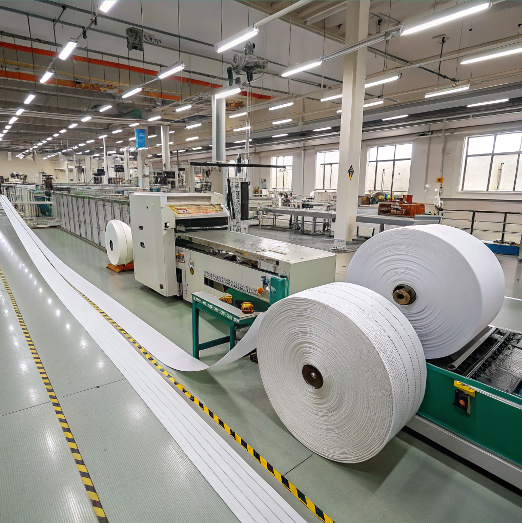
I’ve seen production stall when the cutter couldn’t keep up with an extrusion line’s speed. It’s frustrating and costly.
Key criteria include cutting speed, synchronization with extrusion speed, blade type, cooling integration, and system durability for continuous operations.
1: Assess Production Needs – Ensure the extrusion machine aligns with your specific output requirements to avoid underperformance or excessive capacity.
2: Optimize Screw and Barrel Setup – A refined screw and barrel system enhances plasticization and material flow, directly affecting pipe consistency.
3: Refine Die Head Engineering – The die head must deliver stable shaping and accurate dimensions, which are vital for producing high-quality PVC pipes.
4: Focus on Energy Optimization – Energy-efficient machines not only lower electricity consumption but also support long-term cost savings.
5: Streamline Cooling and Haul-off – A reliable cooling unit and stable traction system help maintain uniform pipe shape during continuous production.
6: Incorporate Smart Automation – Advanced control panels and automation improve process control, reduce manual errors, and enhance overall efficiency.
7: Consider Size and Serviceability – A compact layout and maintenance-friendly design simplify installation and reduce machine downtime.
Let’s walk through what to look for when scaling your extrusion line with the right cutter.
How can cooling systems improve cut quality in PVC tube cutting?
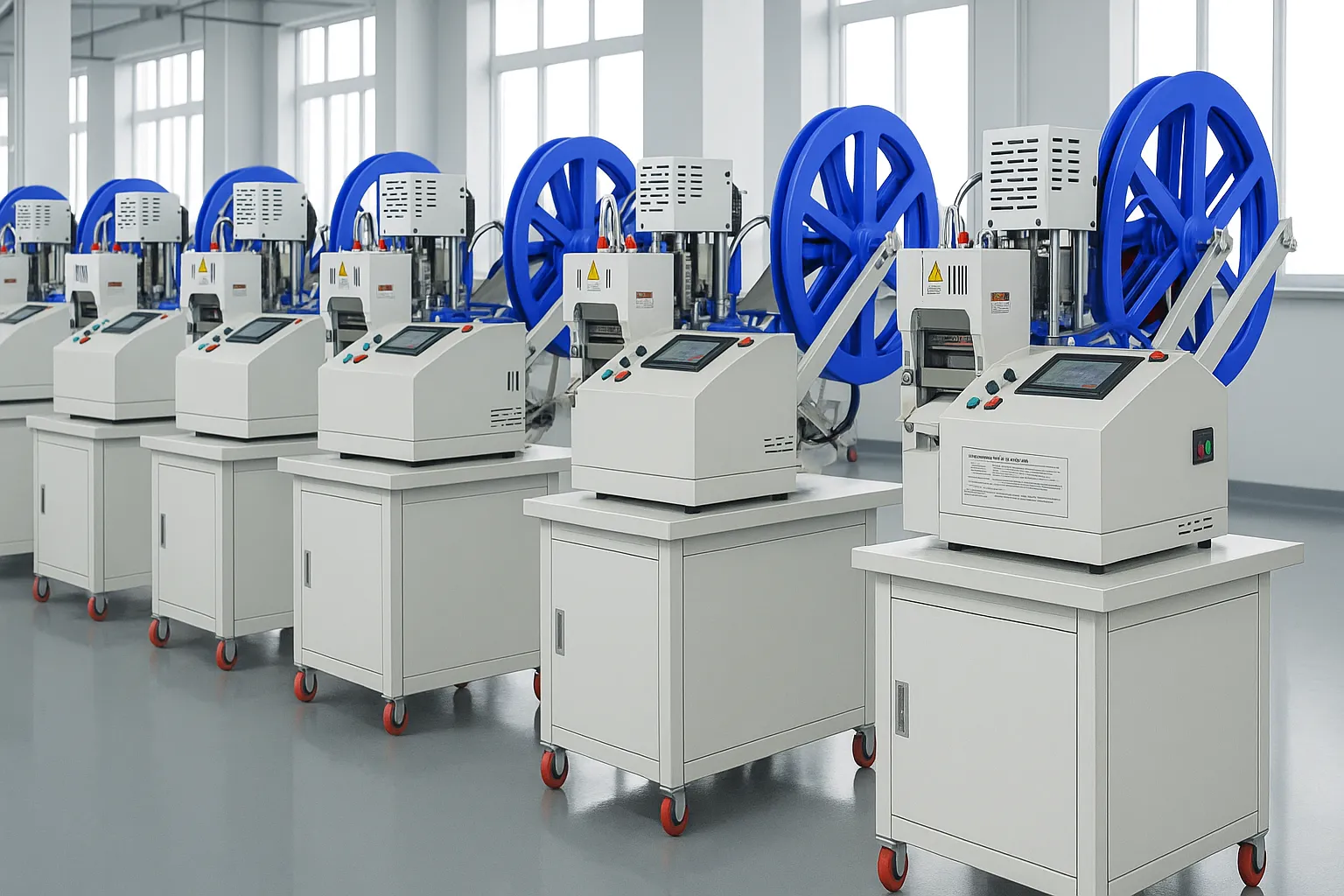
Without cooling, hot PVC bends during cutting, causing angled edges and deformation. I faced this issue with early-line machines.
Effective cooling—air or water-based—hardens tube walls pre-cut, stabilizes blade paths, and prevents edge warping.
Here’s how cooling improves quality and reduces rework.
What are the criteria for selecting a PVC tube cutting machine for high-volume extrusion lines?

In high-volume settings, a tube cutter is only as good as its ability to stay aligned and fast.
You need a cutter that matches extrusion speed, handles thermal cycles, and runs uninterrupted—cut after cut, shift after shift.
Dive deeper: what to evaluate
When I help buyers like Mark Chen choose cutting machines, I focus on:
1. Cutting method
- Guillotine: clean, fast for straight cuts.
- Saw: good for thicker-walled tubes.
- Rotary: best for round cuts, mid-thickness tubes.
2. Cutting speed
- Must match or exceed extrusion output rate (m/min).
- Typical: 10–30 m/min for high-output PVC lines.
3. Synchronization and timing
- Cutter must read line speed and time the cut between extrusion phases.
- Servo motors and encoders ensure this.
4. Material support and alignment
- Rollers or clamps prevent tube deformation.
- Especially critical for thin-wall PVC.
5. Blade or tool life
- Blades must last for tens of thousands of cuts.
- Coated or carbide blades reduce wear.
6. Safety features
- Guarded blades, emergency stops, interlocks.
- Especially when working with heated tubes.
7. Cooling system integration
- Helps harden tubes before cutting.
- Prevents blade drag and distortion.
8. PLC or CNC control
- Enables recipe recall and remote diagnostics.
- Required for high-precision, high-output applications.
Technical Comparison Table
| Feature | Importance | Ideal Spec |
|---|---|---|
| Max cutting speed | Critical | ≥ extrusion speed (20–30 m/min) |
| Synchronization | High | Servo + encoder matched to line |
| Blade life | High | Carbide blade, ≥50k cuts |
| Tube holder type | Medium | Pneumatic clamp or servo roller |
| Cooling integration | High | Water or air-cooled chamber |
| Control system | High | Touchscreen PLC or CNC programmable |
Example from HAOXINHE
Suzhou Haoxinhe Electrical Equipment Co., Ltd. produces tube cutting machines with rotary and servo-synced control. One client in Germany upgraded to our carbide-blade system and increased daily throughput by 45% without increasing staff.
How can cooling systems improve cut quality in PVC tube cutting?
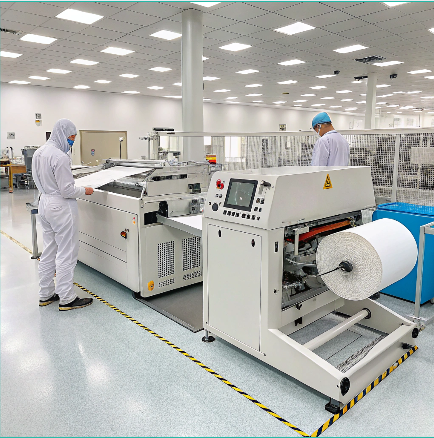
Freshly extruded PVC is soft. Cutting it too early leads to sloppy, uneven edges. I learned the hard way after a batch of warped pipe cuts.
Cooling systems stabilize the material pre-cut, enabling clean edges, reduced burrs, and less deformation.
Dive deeper: cooling methods and impact
1. Water cooling
- A water bath or spray cools tubing immediately post-extrusion.
- Helps maintain dimensional integrity.
- Common for rigid PVC tubes.
2. Air cooling
- High-speed fans or chilled air tunnels.
- Used where water isn’t suitable.
- Slower but cleaner for medical or cleanroom tubing.
3. Contact chillers
- Metal plates or rollers draw heat from the tube.
- Requires precise contact pressure and spacing.
Benefits of proper cooling
- Better cut quality: less burring or flaring.
- Less blade wear: cutting cooled PVC is easier.
- Faster cutting: stiffer material means more consistent results.
- Higher tolerance: consistent outer and inner diameters post-cut.
Common problems without cooling
| Symptom | Cause | Cooling Fix |
|---|---|---|
| Angled cuts | Tube flexing at blade | Add cooling zone before cutter |
| Melted edges | Blade friction + soft material | Use air/water cooling |
| Blade clogging | Hot PVC sticking | Pre-cool tubing before contact |
| Diameter variation | Wall collapse under blade | Harden with cooling |
Practical Tip
Cooling should happen 0.5–1.5 meters before cutting. Tube must be below 60°C for optimal cutting precision.
Conclusion

Select PVC cutting machines based on speed, durability, and cooling support. Precision comes from stability and thermal control.
Insight: What are the criteria for selecting a PVC tube cutting machine for high-volume extrusion lines?
In high-output extrusion environments, I’ve seen too many operations stall not from the extruder—but from the cutter lagging behind. Choosing the right PVC tube cutting machine isn’t just about cutting; it’s about keeping pace without compromise.
The secret? It starts with real-time synchronization. Top-performing systems use servo-encoders to track extrusion speed within milliseconds. That means no guessing when to cut, even as extrusion speeds fluctuate.
Next is thermal handling. Fresh PVC is soft, and cutting it hot leads to oval cuts or blade drag. The best machines integrate cooling right before the blade—not just after extrusion. Look for systems with water mist cooling or fan-assisted chill zones between haul-off and cut.
Also, don’t overlook blade engineering. A carbide or TiN-coated blade with 50k+ cut life isn’t a luxury—it’s a must in high-volume lines. I’ve seen maintenance costs cut in half just by switching to better metallurgy.
Lastly, control architecture matters. If your cutter isn’t PLC- or CNC-programmable, you’re losing time with every format change. Smart machines store recipes, auto-calibrate for tube size, and self-diagnose faults.
In short: Match your cutter to extrusion speed, pre-harden the tube, use smart synchronization, and track every cut. That’s how the best factories scale PVC production without adding shifts or scrap.
Suzhou Haoxinhe Electrical Equipment Co., Ltd. offers PVC tube cutting machines designed for high-speed extrusion lines with integrated cooling, carbide blades, and real-time servo synchronization—perfect for buyers who need scalable, precise, and clean results at volume.


